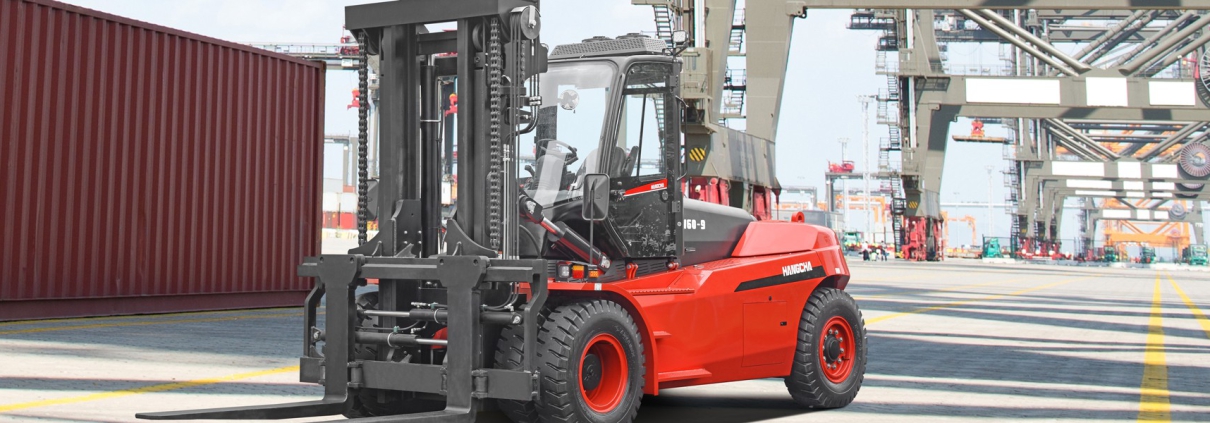Forklift Truck Batteries: Types, Performance, and How to Optimize Your Industrial Fleet
Forklifts are the backbone of modern warehouse and industrial operations. Reliable power is essential to maintain productivity, reduce downtime, and ensure safety. Choosing the right forklift truck batteries can make a significant difference in operational efficiency and long-term costs. This article explores the different types of forklift batteries, their performance characteristics, and why lithium technology is increasingly reshaping industrial fleets in North America.
- Understanding the Importance of Forklift Batteries
Forklift batteries are not just power sources—they are critical components that affect the machine’s performance, lifespan, and maintenance schedule. The right battery ensures consistent energy delivery, supports fast charging cycles, and minimizes operational interruptions. Conversely, an improperly matched or poorly maintained battery can increase downtime, reduce productivity, and escalate costs.
- Types of Forklift Truck Batteries
Lead-Acid Batteries
Traditionally, forklifts have relied on lead-acid batteries. They are relatively low cost, widely available, and compatible with most industrial forklifts. However, lead-acid batteries have some limitations:
- Lower energy density: Bulkier and heavier for the same power output.
- Long charging time: Typically 8–12 hours for a full charge.
- Maintenance needs: Require regular water top-ups and equalization charges to prevent sulfation.
AGM and Gel Batteries
These are advanced forms of lead-acid technology:
- AGM (Absorbent Glass Mat): Reduced maintenance, spill-proof design.
- Gel: Better deep discharge performance and heat tolerance.
Both types improve operational safety and lifespan compared to traditional flooded lead-acid batteries but still require careful monitoring.
Lithium-Ion Batteries
Lithium-ion (LiFePO4 or LFP) batteries are gaining rapid adoption in North American warehouses and industrial fleets. Their advantages include:
- High energy density: Lighter and more compact for the same runtime.
- Faster charging: Opportunity charging throughout shifts reduces downtime.
- Long lifespan: Often 3–5 times longer than lead-acid, with thousands of cycles.
- Smart management: Integrated BMS (Battery Management Systems) monitor performance, temperature, and health, enabling predictive maintenance.
If you are considering upgrading or integrating lithium technology into your forklift fleet, leading industrial forklift lithium ion batteries offer solutions optimized for compatibility, efficiency, and reliability.
- Key Performance Factors
When selecting forklift batteries, it is crucial to evaluate multiple performance parameters:
- Cycle Life: Number of full charge-discharge cycles before performance degradation.
- Energy Density: Determines how long the battery can power the forklift between charges.
- Charge Efficiency: Lithium batteries allow faster charging and less energy loss.
- Maintenance Requirements: Lead-acid batteries require more frequent checks; lithium is largely maintenance-free.
- Safety: Temperature tolerance, overcharge protection, and spill prevention.
By understanding these factors, fleet managers can make informed decisions that align with operational requirements and budget constraints.
- Battery Management and Maintenance
After understanding the different battery types, operators often want to know how to maintain them for optimal performance. Proper management can significantly extend battery life, reduce downtime, and avoid costly replacements. Key practices include:
- Regular monitoring of charge levels and state-of-health.
- Following manufacturer-recommended charging procedures.
- Maintaining proper temperature conditions.
- Using BMS-enabled batteries to prevent over-discharge or overcharge events.
For a detailed guide on forklift battery care and best practices for warehouse operators, check out this comprehensive resource: Forklift Battery Maintenance: What Warehouse Managers and Operators Need to Know.
- Cost Considerations and ROI
A common question among fleet managers is the cost of switching to lithium batteries. While the upfront investment is higher than lead-acid options, lithium offers substantial savings over the battery’s lifecycle:
| Factor | Lead-Acid | Lithium-Ion |
| Initial cost | Lower | Higher |
| Lifespan | 1,500–2,000 cycles | 3,000–5,000 cycles |
| Charging time | 8–12 hours | 1–2 hours (opportunity charging) |
| Maintenance | Regular watering and equalization | Minimal maintenance |
| Total cost of ownership | Higher over time | Lower over lifecycle |
For an in-depth analysis of lithium forklift battery costs, ROI, and lifecycle savings compared to lead-acid, refer to: Lithium Forklift Battery Cost: Price Breakdown, ROI and Savings vs Lead Acid.
- Choosing the Right Battery for Your Fleet
When deciding which forklift battery to use, consider the following:
- Voltage Compatibility: Most forklifts use 24V, 36V, 48V, or 80V batteries.
- Shift Patterns: Lithium batteries support multiple opportunity charges during shifts.
- Environment: Cold storage, high-heat areas, or continuous operations may favor lithium.
- Fleet Size: Large fleets benefit from batteries with integrated BMS and telemetry for monitoring and predictive maintenance.
Selecting the right battery type and capacity ensures maximum uptime, operational efficiency, and cost-effectiveness.
- Future Trends in Forklift Power Systems
The industrial battery market is evolving rapidly:
- Hybrid Charging Solutions: Docking stations with integrated fast charging reduce downtime.
- Telematics and Cloud Monitoring: Real-time data allows predictive maintenance and fleet optimization.
- Sustainable Practices: Recycling and circular economy strategies for lithium and lead-acid batteries.
Lithium-ion adoption is expected to accelerate as warehouses and industrial facilities increasingly prioritize energy efficiency, lower operational costs, and reduced maintenance burdens.
- Conclusion
Choosing the right forklift truck batteries is a strategic decision that impacts fleet efficiency, operational costs, and long-term productivity. While lead-acid remains a viable choice for certain applications, lithium-ion batteries are transforming industrial operations with faster charging, longer lifespans, and integrated smart management systems.
By combining careful battery selection, proper maintenance, and an understanding of lifecycle costs, warehouse managers and operators can optimize their fleet performance while future-proofing against evolving industrial energy demands.
Further Reading


